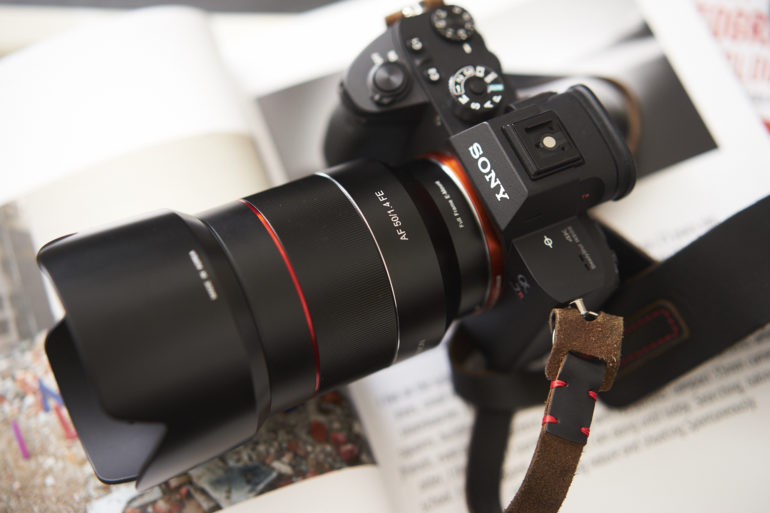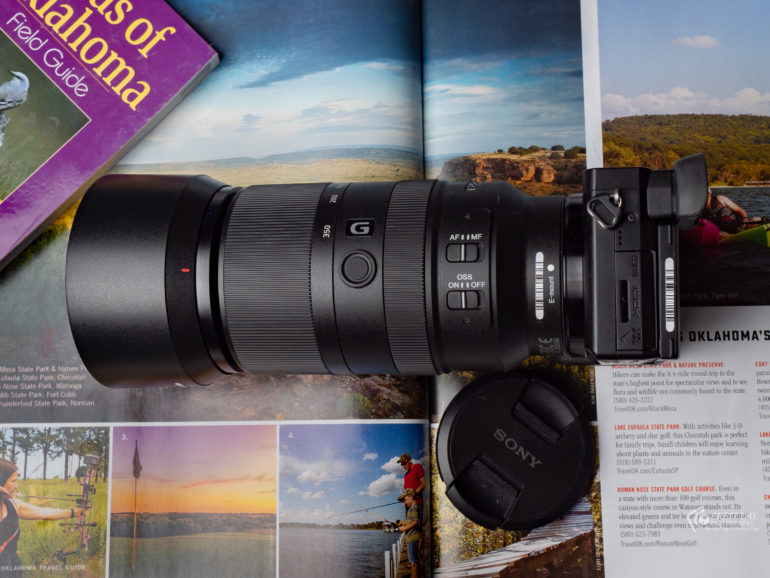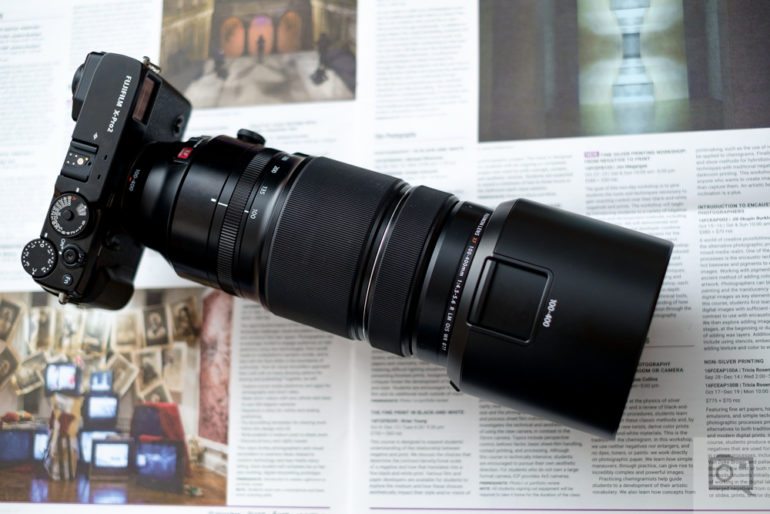
We’ve covered multiple features, including full-frame lenses. We’ve also made various listicles with different aperture lenses. But today, we wanted to take the time to look at a few APS-C lenses, which have been quite useful for various photographers. These include a few important primes and telephoto lenses. If you have been thinking of buying a new lens, these offerings can meet your needs.
Sigma 16mm f1.4 DC DN
The Sigma 16mm f1.4 DC DN APS-C lens is designed for the E mount and features 16 elements in 13 groups, including 9 rounded blades. It has a minimum focusing distance of 9.8 inches, a maximum magnification of 1:9.9, and measures 2.8 x 3.6 inches. It can achieve a fast aperture, great weather sealing, and nice bokeh. The lens is sharp, and the autofocus works perfectly well in multiple situations. Its performance earned it five stars in our tests.
Rokinon 50mm f1.4 AF FE

The Rokinon 50mm is another APS-C lens that has excellent performance. It provides a 75mm equivalent lens on an APS-C, has 9 aperture blades, and 3 aspherical elements. It has a close focusing distance of 1.48 feet and a maximum magnification of 0.15x. It provides contrasty images, offers sharp photographs, and beautiful bokeh. It builds very well, and the autofocus works well. As we said in our review, “The sharpness from the Rokinon 50mm f1.4 AF FE is very, very good. Even at ISO 6400, portraits come out looking super, duper sharp.”
Tamron 17-70mm f2.8 Di III-A VC RXD

The 17-70mm is a superb APS-C offering featuring 16 elements in 12 groups. It also has a close focusing distance of 0.19m (wide) and 0.39m (telephoto), weighs 525g, and has a 67mm diameter. There is also a magnification of 1:4.8 (wide) and 1:5.2 (telephoto). The Tamron 17-70mm is small, weather-sealed, and quite stable. On an APS-C lens, it becomes 24-105mm. The bokeh is nice, the colors make you feel nostalgic, and you also get great sharpness.
Sony 70-350mm F4.5-6.3 G OSS

The Sony 70-350mm offers a 105–525mm equivalent on an APS-C camera. The lens has 19 elements in 13 groups, 7 aperture blades, and a 67mm filter thread. Its minimum focusing distance is 3.61 ft (wide) to 4.93 ft (telephoto), and its maximum magnification is 0.23x. While it may seem huge on a smaller body, it compensates for sharp image quality, ease of carrying around, and excellent image stabilisation. It is cost-effective, has very fast and quite autofocus, and produces bright and bold colors. The weather sealing is good, and it is built really well, making it ideal for wildlife and bird photography.
Fujifilm 100-400mm f4.5-5.6 R LM OIS WR

Designed for APS-C cameras, the Fujifilm 100-400mm f4.5-5.6 uses 21 elements in 14 groups, 5 extra-low dispersion elements, and 1 super-extra-low dispersion element. It uses a 9-blade aperture, weather sealing, and is compatible with XF1.4X TC WR teleconverter (140-560mm f6.3-8 or 213-853mm in 35mm equivalent). It is not as it looks; it feels great in the hand and is quite sharp. The bokeh is beautiful, and the autofocus is exceptionally fast, too. “Indeed, the lens delivers. You’ll get the best bokeh from any APS-C lens out there, no chromatic aberration that’s visible, excellent colors, thanks in part to the X Trans sensor, and super sharp images,” as we said in our review.







